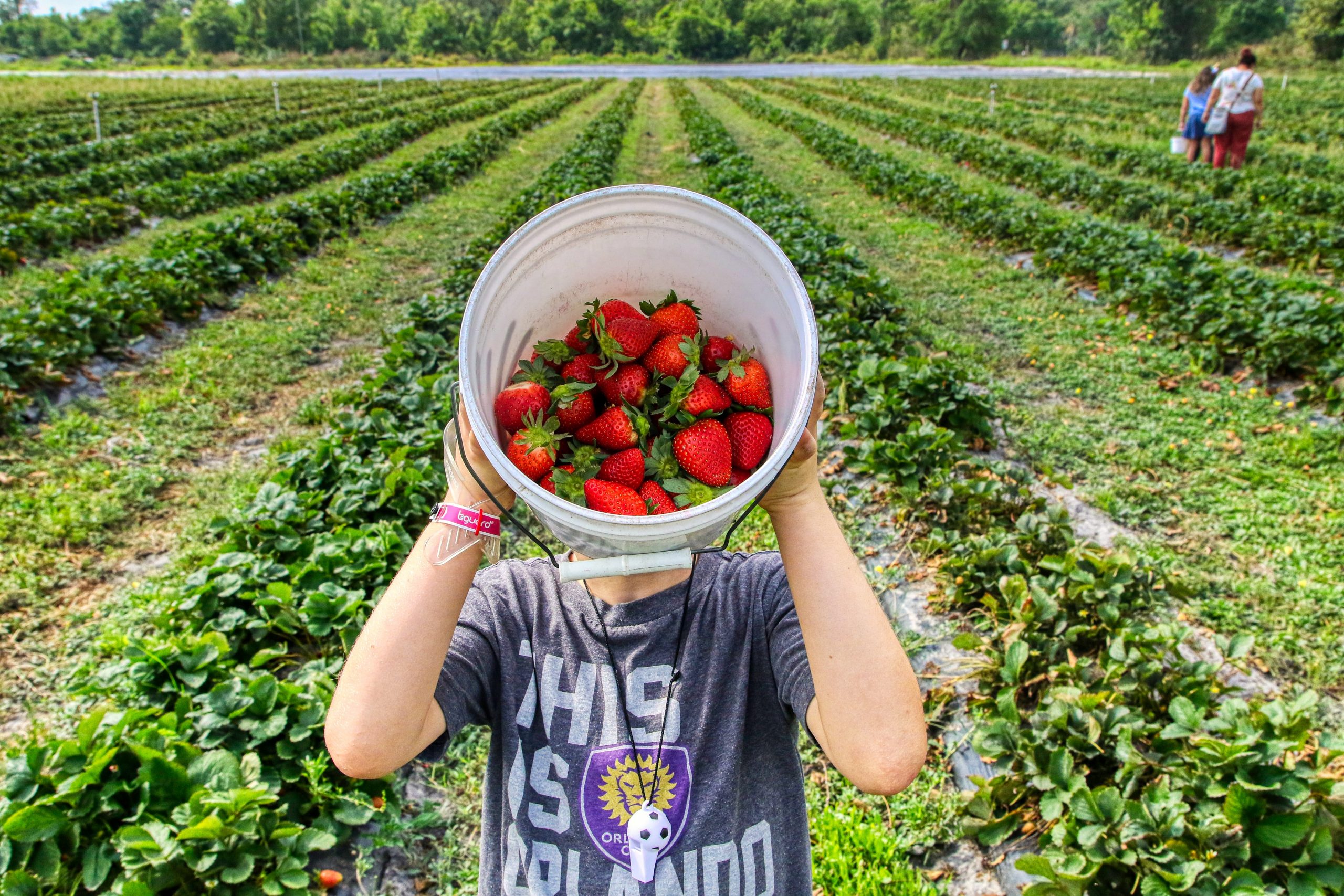Julian Wood
maxim.org.nz
When the Government closed New Zealand’s borders in response to COVID-19, flaws in our labour market were exposed. Not only was tourism and accommodation brought to a grinding halt, a massive temporary workforce was removed from the New Zealand labour market, leaving many businesses scrambling to find workers. We’ve been caught out, and it’s time to make a change towards a more resilient workforce.
Using temporary migration is a double-edged sword: it is efficient, but it is also fragile. Unfortunately, what started as a temporary fix became standard practice. Over time, businesses became heavily reliant on temporary migrant workers to ease their wage and labour challenges. With the borders closed, we are now faced with a lack of highly motivated, work-ready people available to pick all the fruit, help with all the calving, or get all the seasonal vine maintenance work carried out at a price firms are able to pay.
We’ve been caught out, and it’s time to make a change towards a more resilient workforce.
The signs of fragility were there before COVID-19. Back in February, Maxim Institute argued that with 170,000 temporary work visa holders on any one day available for work, New Zealand had reached a tipping point. Not only had we become over-reliant on temporary visas, we were also no longer being a responsible host, expanding temporary migration faster than our capacity to treat people with dignity and respect. What was an opportunity then, to shift towards a sustainable labour force through local training, longer-term migration, and welcoming policy, is a necessity now.
What was an opportunity then is a necessity now.
To build resilience back into our economy and communities, we must pivot back towards investing in the local workforce. This will be a costly investment for both the government and firms, but if we get it right, the payoff will be well worth it. In the short term, the Government could use hiring subsidies that are only available for new hires, time limited, and targeted on those most likely to become long-term unemployed. Rural employers could, for example, cover the costs of mentoring a person into work-readiness—for those previously in an office job or unemployed, it’s not an easy transition to working outside all day, digging holes, pruning or repairing fencing. The subsidy could also be used on training costs to help move someone towards higher productivity.
Similarly, we could help people with the costs of relocating to the regions. The “$3k to Work” mobility payments, which help with moving costs for an unemployed person taking a job outside their existing location, could be expanded to include those living in Auckland and Christchurch who wish to move to the regions for work. This could help workers shift and try something new, which is what we need right now. If $3,000 isn’t enough, firms could add a financial sweetener to the government’s investment much like they do when they pay for flights for Regional Seasonal Employment workers.
This could help workers shift and try something new, which is what we need right now
Policies like these are the first steps towards investing in a new normal, one that builds a resilient non-urban workforce. When the next crisis hits, and it will, our workforce will be prepared.
This is one recommendation from Julian Wood’s latest paper released August 6 2020, Back to Work | Strategies to stimulate employment now and in the future.
If you enjoyed this BFD article please share it with others.

